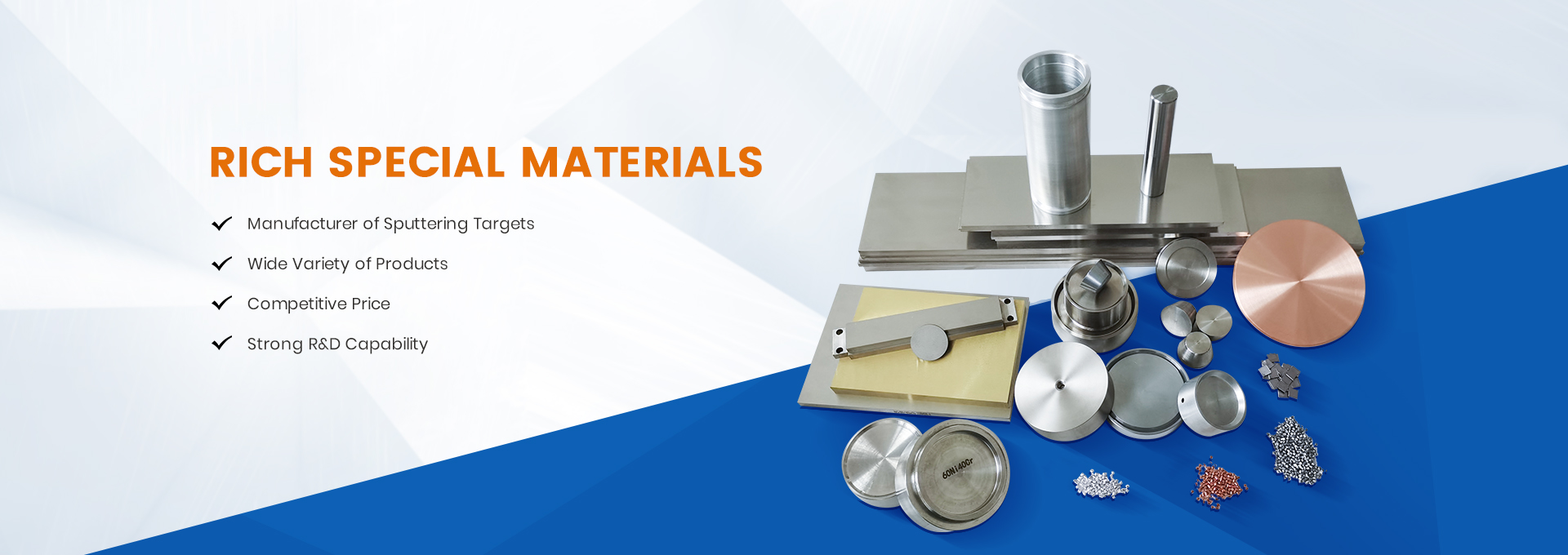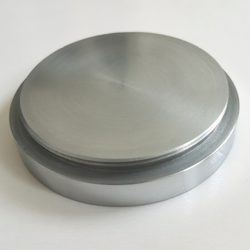With the development of the Internet age, people are becoming more and more dependent on electronic products. Electronic products can be seen everywhere in ordinary people’s homes. People can’t live without electronic products. What applications will sputtering targets have in electronic products? The editor from RSM will lead us to learn together,
Electronic products are used in all walks of life, and most of these electronic products are required to be coated before they are put into the market. Now the commonly used vacuum coating equipment is magnetron sputtering vacuum coating machine. Here, let’s take a look at the targets used in sputtering. Generally, we use no more than three types of targets: metal target, alloy target and compound target.
There are many targets used in hard disk . Multiple layers of thin films are plated on the recording surface. Each layer has its own role. At the bottom layer, 40nm thick chromium or chromium alloy will be plated to enhance the adhesion and corrosion resistance. In the middle, 15nm thick cobalt chromium alloy and 35nM thick cobalt alloy will be plated as magnetic materials. This material can fully reflect the characteristics of magnetism and low interference. Finally, 15nm thick carbon film will be plated.
Iron nickel alloy is commonly used as sputtering target of magnetic head, and some new compound materials are added later, such as iron nitride, iron tantalum nitride, iron aluminum nitride, etc., which are high-quality targets for magnetic dielectric film layer.
CD discs will be coated with aluminum film as a reflective layer on plastic workpieces, but for CDROM and dvdrom discs, aluminum film cannot be used because there will be a dye layer on these discs, and the substances on them are corrosive to aluminum, which will generally be replaced by gold film or silver film. The film layer of the optical disc is also composed of multiple layers. It is plated with 30nm thick iron cobalt alloy mixed with amorphous rare earth transition elements on the recording layer, then plated with 20 to 100nm thick silicon nitride dielectric layer, and finally plated with aluminum film reflector.
The product obtained in this way can record data. To complete these functions, it still depends on the properties of the films sputtered by various substances.
Post time: Jun-29-2022




